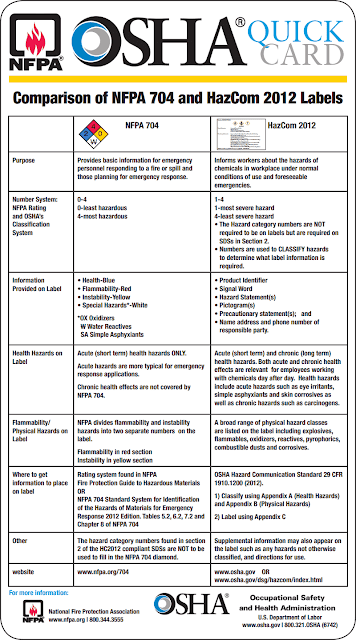provide a reliable means of ensuring that all active and passive fire and life safety systems work as they are intended to.
What is commissioning?
Fire and Life Safety Commissioning(Cx) is defined as, “a systematic process that provides documented confirmation that fire and life safety sytems function according to the intended design criteria set forth in the project documents and satisfy the owner’s operational needs, including compliance with requirements of any applicable laws, regulations, codes, and standards requiring fire and life safety systems.”
Who can provide commissioning services?
Although, NFPA 3 does not require any type of certification for commissioning agents, it does outline knowledge and skills that a commissioning agent should posess. The Fire Commissioing Agent (FCxA) is the person or entity who leads, plans, schedules, documents, and coordinates the fire protection and life safety commissioning team, implements the commissioning process, and ensures that integrated systems testing is appropriately conducted.
With this as the primary objective a FCxA should possess the following:
thorough knowledge of the recommendations of NFPA 3 and general industry practices
be capable of providing an objective and unbiased perspective
advanced understanding of the installation, operation, and maintenance of systems to be installed
ability to read and interpret drawings and specifications
capable of analyzing and facilitating resolution of issues related to system failures
clear written and verbal communication, report writing, and conflict resolution skills
How is commissioning conducted?
Fire and life safety systems commissioning takes place in 4 phases: planning, design, construction, and occupancy. The below information provides an overview of each of these, however, NFPA 3, chapter 5 provides in-depth direction for each of the phases.
During the planning phase the owners project requirements are layed out and developed, the fire commissioning agent is selected and the commissioning team is put into place, the commissioning plan is created, all planning documents and regulatory codes are reviewed and analyzed, and the commissioning plan is put into action.
The fire protection/life safety commissioning team can vary in size and mat include the owner, contractors, manufacturers representatives, insurance representatives, design professionals, facilities personnel, the local authority having jurisdiction (AHJ), and others. Each team member must meet the minimum requirements as listed in NFPA 3, chapter 4.
The OPR, or owner’s project requirements, is the document which will form the basis of all design, construction, testing and operational needs, and will drive the decision-making process. This document should include such vital information as infrastructure requirements, occupancy use and classification, future expansion requirements, applicable codes and standards, and any other special needs or specific requirements. This can be a dynamic document that should be updated as necessary throughout the 4 phases of the building life cycle.
The basis of design (BOD) is the focal point of the design phase. This is a driving document that should clearly show the concepts, ideas, decisions, codes, regulations, and standards required to meet the owner’s project requirements. It is in the design phase that fire protection/life safety system drawings should be reviewed, commissioning procedures outlined and scheduled, and all documents verified to ensure that they comply with the BOD.
It is in the construction phase that all systems are delivered, installed, and tested. During this process the fire protection and life safety commissioning team should closely monitor the construction process as they will be responsible for maintaining the commissioning schedule, ensuring that all materials and their installation are in accordance with the BOD, confirm that all work is being conducted by properly licensed and qualified professionals, performing all testing and inspections, and document all actions and any issues. The final action of the commissioning team in this phase is final acceptance testing and turning over all close-out documents to the facility owner.
The occupancy phase is the final stage of the commissioning process. It is at this point that all “loose ends” should be tied up, all final inspections conducted (and passed), all test and inspection reports completed, and system maintenance and product manuals turned over to the building owner. It is important that the owner and other related personnel are adequately trained on the functions, operation, and maintenance procedures of the system. Every effort should be made to ensure that this training is complete and high quality, as education is a key component in continued effectiveness of any fire protection or life safety system.
This article provides just a brief introduction to and overview of the commissioning process. We have created a special “4 Phases of Commissioning” checklist, that outlines what must be done throught each step of the commissioning process. It is our hope that this will be a valuable tool that will be utilized, in conjunction with the forms provided in the annex section of NFPA 3, to make the road to commissioning easy to navigate.
DOWNLOAD FREE “4 PHASES OF COMMISSIONING” CHECKLIST
For more information on NFPA 3 and the commissioning process please check out these other articles and related links from around the web.
Related Links










